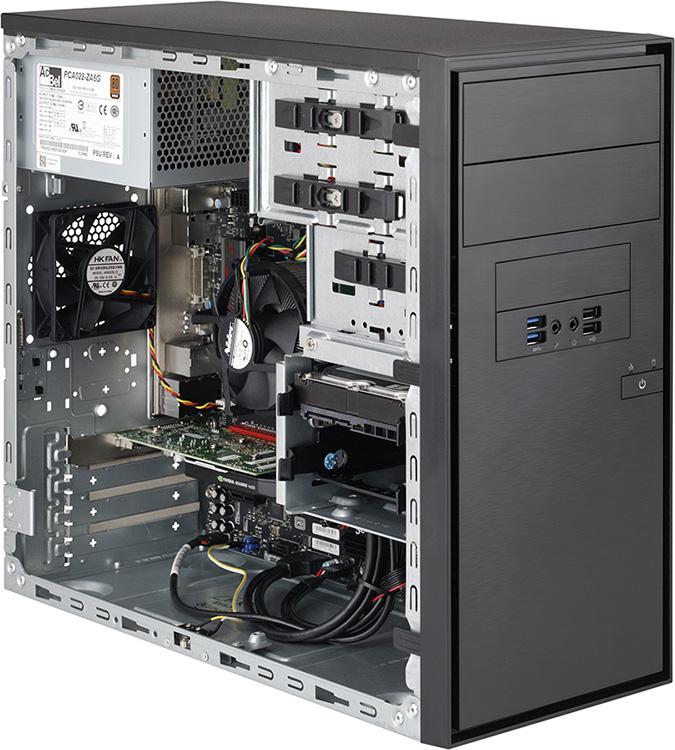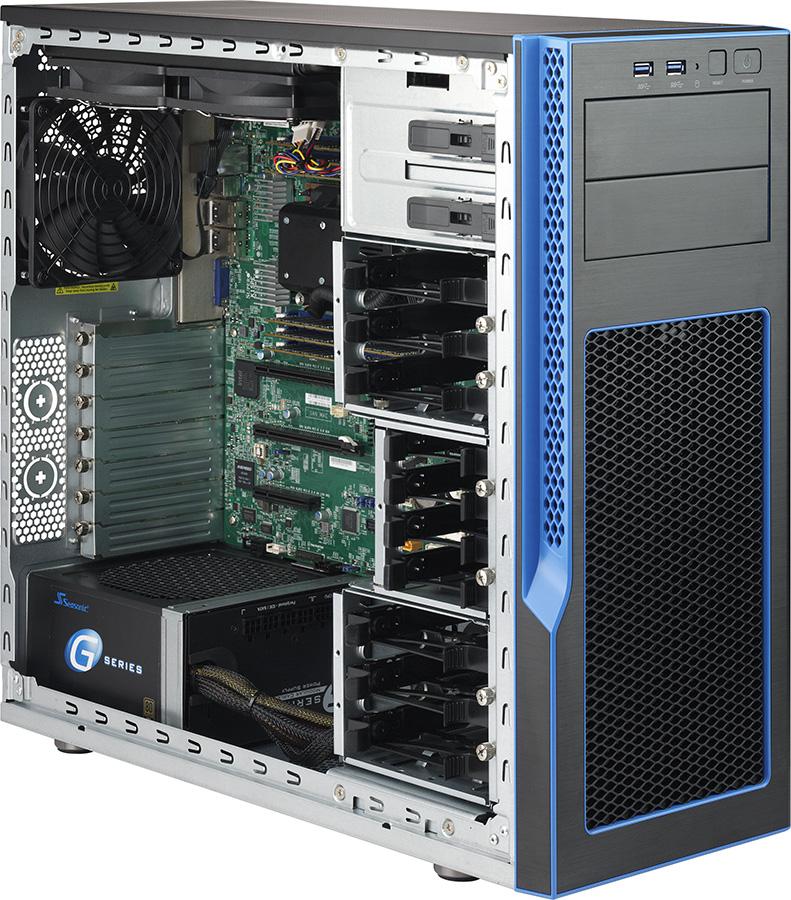Selecting a server for 1C is a crucial matter for businesses. After all, this software suite is essential for automating bureaucratic processes and enhancing document flow efficiency. You might already be aware of many obvious things at this point. However, I’ll have to clarify, as not everyone may understand. But don’t worry, I won’t overlook the less obvious aspects of this equipment.
This text won’t include configurations; they have been published on other pages. I haven’t had the opportunity to assemble configurations for 100 and 200 users yet, but I can recommend them only from a theoretical standpoint. However, the logic is the same as with “small” systems; only the technical requirements grow. Accordingly, as the number of users increases, more sophisticated equipment will be needed.
What server is needed for 1C
If the goal is to obtain an efficient system, you’ll need to ask yourself or the person responsible for this several questions:
- How many 1C users are planned?
- How will the IT infrastructure be organized?
- Will there be staff expansions?
- Is there potential for updates and upgrades?
- What budget are you willing to allocate?
Usually, answers to these questions are sufficient to understand the requirements for the final configuration. It’s also essential to determine software functions, fault tolerance, and other elements, but the main questions are listed above. The workload depends on the database management system and the operating system. These details matter and can significantly impact the final result when considered together.
Now, let’s justify the questions in order. The higher the number of users, the more significant the load on the processor. More RAM is required, the volume of disk space is also significantly higher, and more powerful processors are needed.
Don’t forget about the types of storage devices. If a regular HDD SATA can handle 5 users, for 10-20, you’ll need an HDD SAS or preferably an SSD. With 30-50 users, SSD is a must, at least SATA, ideally NVMe. With a larger number, NVMe SSD is unavoidable. You could build a RAID 10, install many drives, and split the database into parts. Otherwise, parallel processing of queries won’t be possible, and the disk subsystem will become a bottleneck.
But let’s not complicate things. Hard drives no longer have significant advantages over SSDs, so you can confidently install solid-state drives. They are faster and even more reliable. You can read more about SSD for 1C server here.
Now let’s talk about organizing IT. The final build will depend on the type of implementation. For example, you can give terminal access to users or organize cloud access. The difference in approach is substantial. Cloud configuration is preferable if access to 1C needs to be provided beyond the local network, for example, to remote employees.
The third question is staff expansion. This must be taken into account; otherwise, scaling will involve purchasing a new device, which can be costly. From the third question arises the fourth. Devices that can be easily upgraded later always cost more, but if an upgrade is needed, you’ll lose less money. By the way, the fifth question is also crucial. Without a budget, there’s no chance of a reasonable build.
Alright, I’ve answered the questions, talked about the disk subsystem; now, let’s gradually move on to other pressing issues. I’ll tell you about the components.
Processor
When choosing a server for 1C, it is crucial to pay attention to the processor. The frequency is important; the number of cores is not critical. However, having many cores and high frequency is advantageous, especially for implementing terminal access. Keep in mind that clock speed is crucial. More than 6 cores are only required for configurations with 100 users. If scalability is needed, it’s better to achieve this through a second processor. Unfortunately, within the 1C software suite, multi-threading is still poorly implemented.
RAM
It is advisable to use DDR4 (DDR3 belongs in a museum); it is faster, consumes less energy, and generates less heat. The RAM quantity is chosen based on the following parameters, which need to be added together:
- The amount of RAM for operating system maintenance
- The amount of RAM allocated per user
- The SQL volume should fit entirely into RAM
- The amount of RAM required for executing external tasks
Add a dozen more for a reserve if the budget allows. It’s always better to build a system with a slight margin for peak loads. This will save you from nerve-wracking situations in the future.
Network Interfaces
Usually, pre-installed interfaces are more than sufficient, with a gigabit card being more than enough. It’s better to choose an interface with two gigabit interfaces; this allows for splitting the network flow. However, if there are many users and a data storage system is connected, it’s better to look at equipment with a 10GbE card and two one-gigabit interfaces as a backup.
Fault Tolerance
A very important element. How can it be ensured? The first point is to use backup HDD and SSD in a mirrored RAID, constantly duplicating information. In case one disk fails, the data will be preserved on the duplicate. For protection without high performance impact, typically, RAID 1 is used. If performance is crucial, go for RAID 10, but keep in mind that you’ll need twice as many drives as in RAID 1.
The second point is power supply. Fault tolerance can be ensured with two power supply units; if one fails, the system will be taken over by the second one. Additionally, an uninterruptible power supply source is recommended, allowing for a proper shutdown of the device or waiting for a switch to a backup channel in case of power outage. A voltage stabilizer wouldn’t hurt either. Even though modern power supplies have protection against voltage fluctuations, a stabilizer can help prevent malfunctions.
Conclusions
As you can see, choosing a server for 1C is not difficult; it’s just a matter of considering certain factors and implementing the system in accordance with the points listed. In any case, some technical knowledge and understanding of specifications are necessary. Otherwise, it won’t be possible to choose a 1C server independently, and professional assistance should be sought.


